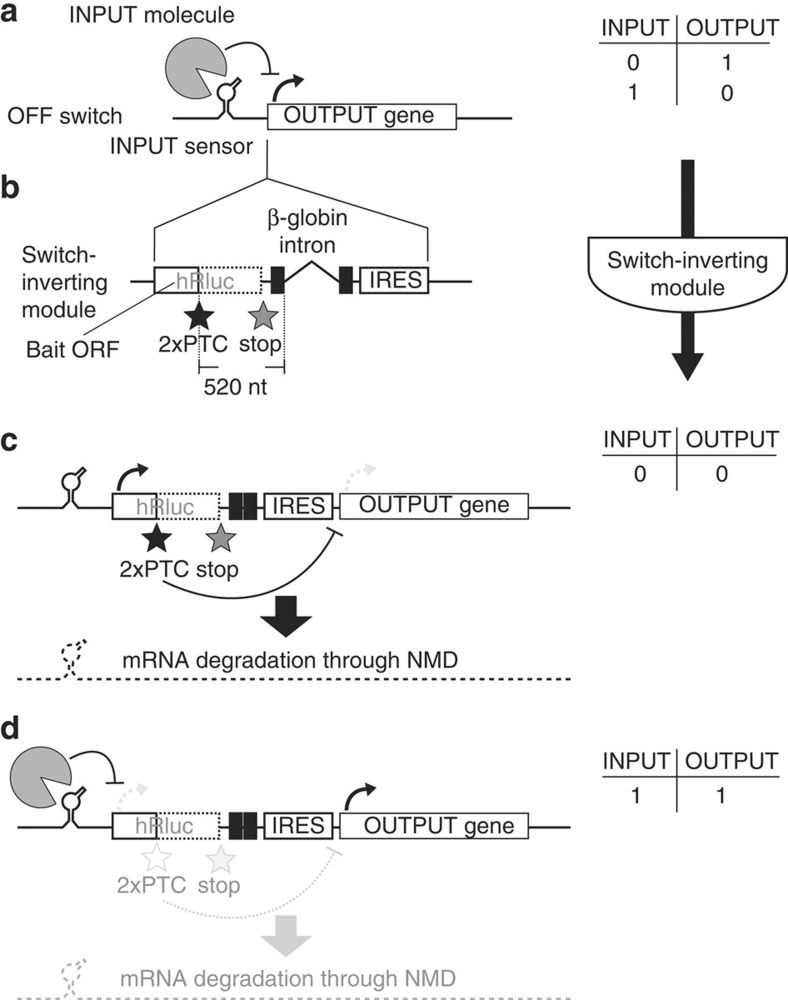Figure 1. Design of the switch-inverting module.
(a) Construction of an OFF switch mRNA sequence. An RNA sensory motif that binds to an input molecule is inserted into the 5′-UTR of an mRNA sequence encoding an output gene. The binding of the input molecule to the mRNA inhibits the expression of the output (input=1, output=0), which does not occur in the absence of the input molecule (input=0, output=1). (b) Switch-inverting module for the OFF switch mRNA sequence. The module consists of a bait ORF (N-terminal 152 amino acids of Renilla luciferase) followed by an intron and an IRES. The two PTCs (2 × PTCs) of the bait ORF are located more than 500 nucleotides (nt) upstream of the splice site of the intron to enhance the efficiency of mRNA degradation. The module should be inserted between the RNA motif and the first codon of the OFF switch to generate the ON switch. (c) Behaviour of the inverted ON switch in the absence of the target molecule (input=0). The termination of the translation of the bait ORF triggers mRNA degradation, and the output gene is not sufficiently expressed from the destabilized mRNA (output=0). (d) Behaviour of the ON switch in the presence of the input (input=1). The translation of the bait ORF is blocked in the same manner as in the original OFF switch, and mRNA degradation is therefore not triggered. As a result, the IRES-driven output protein is stably synthesized from the ON switch (output=1).

